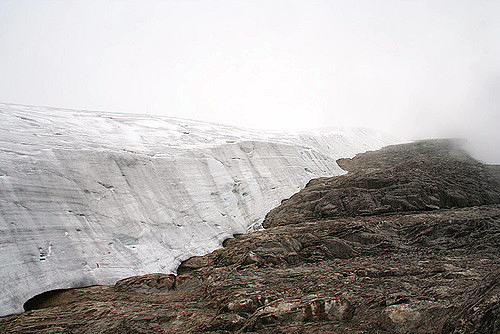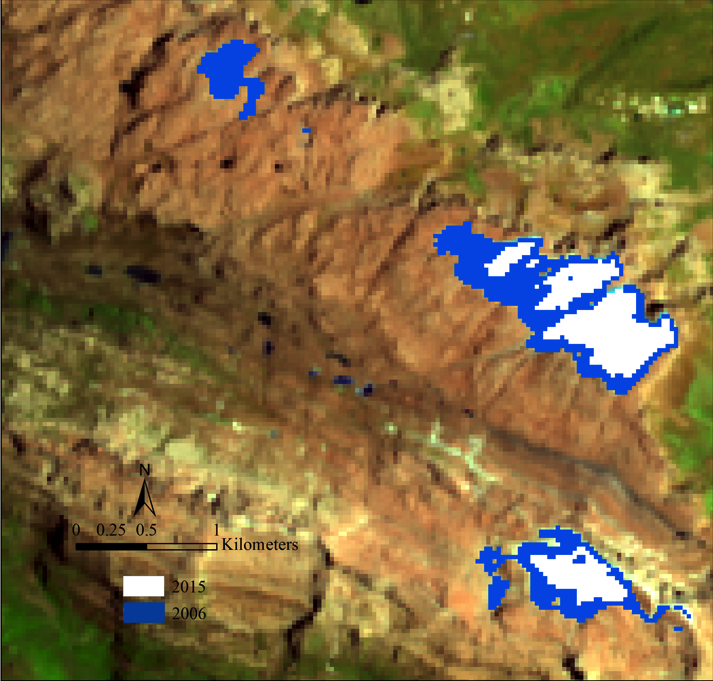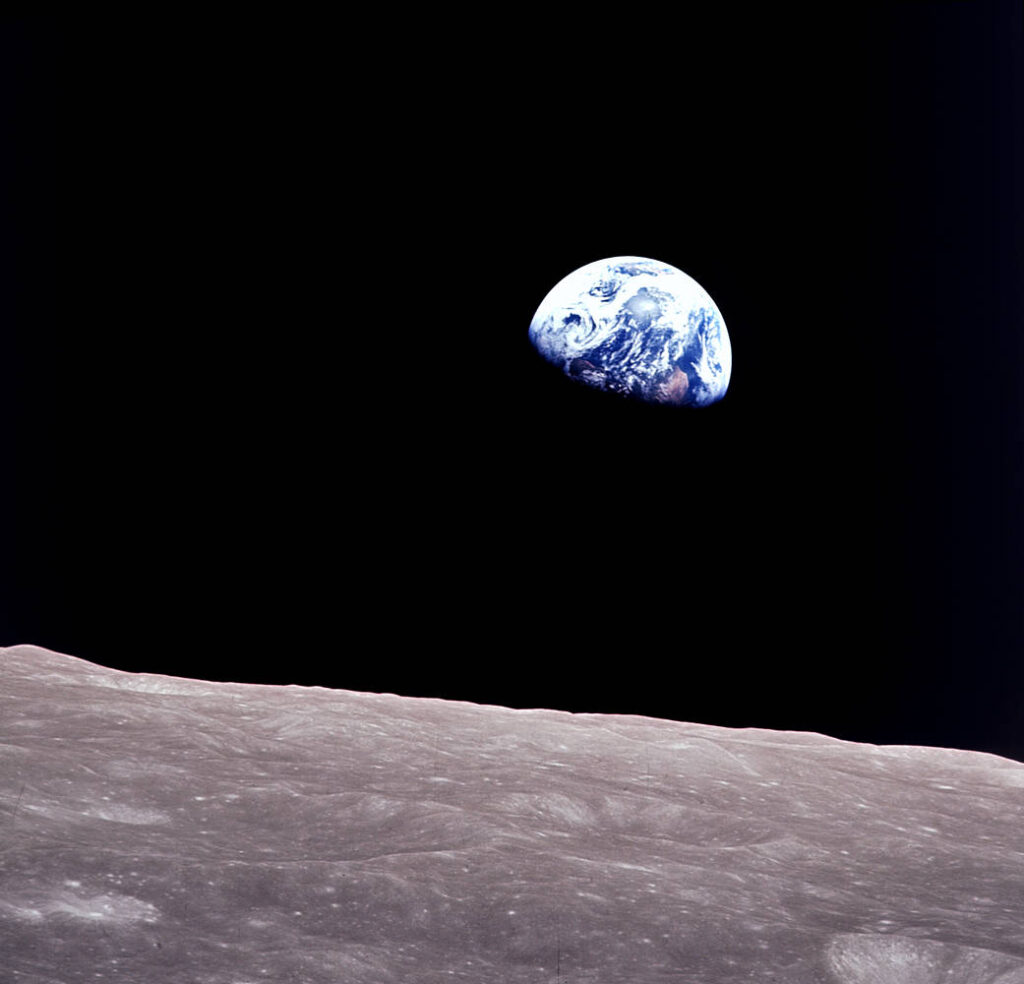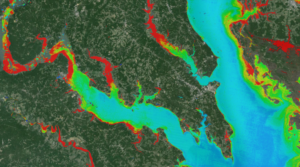
Presentation Title
Satellite measurements of glacier recession on Punak Jaya, Papua Province, Indonesia, from 2006 to 2015
What are the major findings of this research?
The major findings are that the glaciers of Puncak Jaya have continued their decline that probably began in the 1850s. At their current rate of decline, there is a good possibility they will disappear in the next 20 years.
What are the implications of your findings?
Glacier recession continues in the tropics—these happen to be the last glaciers in the eastern tropics.
What insight did you gain from Landsat that would have been impossible to glean otherwise?
Landsat provides a global view of the the worlds alpine glaciers and enables us to track their retreat in ways that would be difficult without this important environmental time series.
How would the potential disappearance of all Puncak Jaya glaciers affect the region?
Fortunately, the impact will be limited given their small size and the fact that they do not represent a significant water resource.

Co-authors:
Xian Dong
Texas A&M University College Station
Joni L Kincaid
Texas A & M University
Anyone can freely download Landsat data from the USGS EarthExplorer or LandsatLook.
Further Reading:
+ Landsat Abounds at #AGU16

Be Part of What’s Next: Emerging Applications of Landsat at AGU24
Anyone making innovative use of Landsat data to meet societal needs today and during coming decades is encouraged to submit and abstract for the upcoming “Emerging Science Applications of Landsat” session at AGU24.





